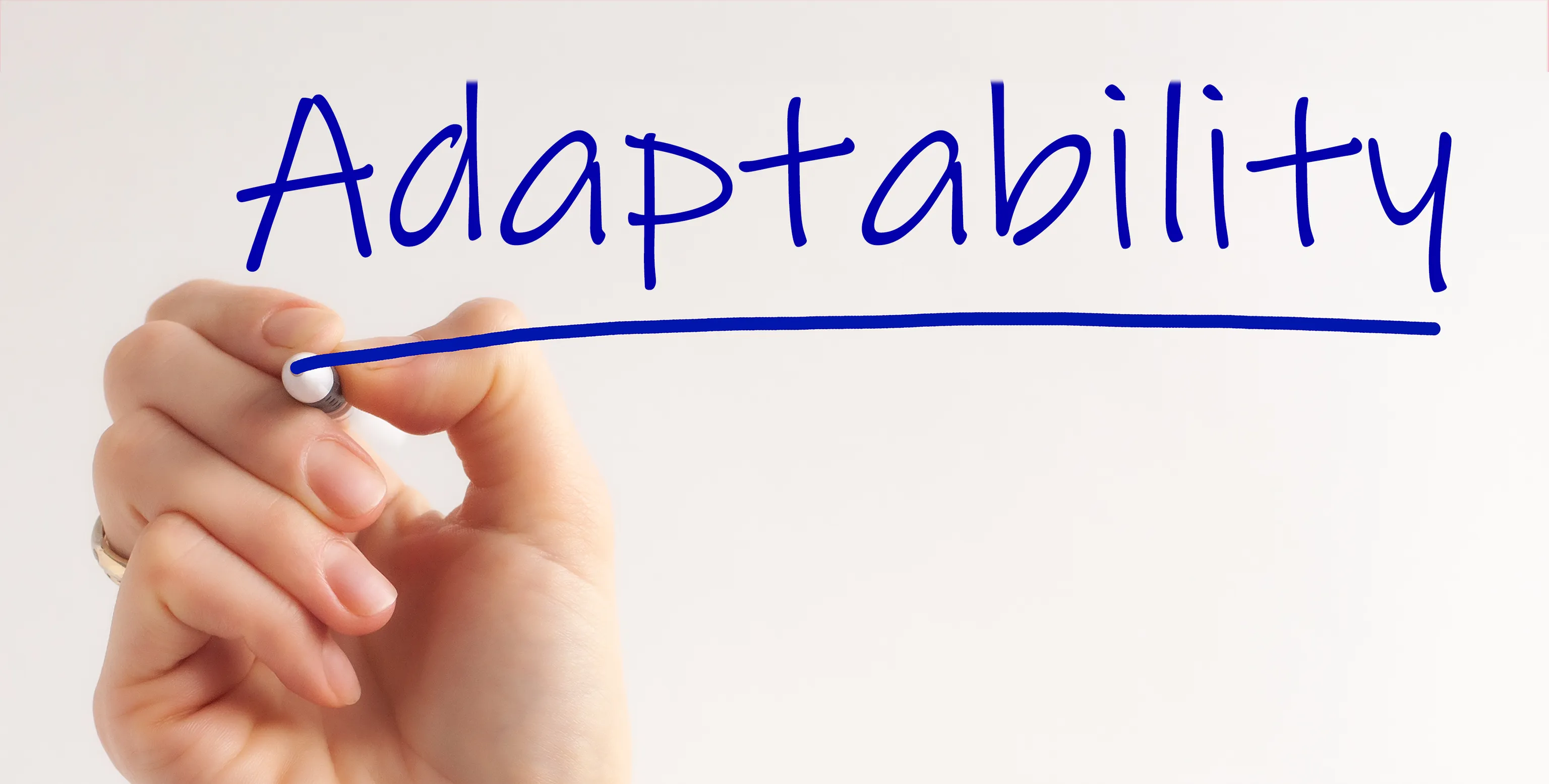
In part 1 of this series, we covered how to evaluate the channel effectiveness of customer engagement approaches. You have now assessed the appeal, interactivity, and customer preference of your customer engagement channels. However, it is not enough to only have an effective channel—the engagement content must also be of high quality.
When you have a hammer, everything looks like a nail. We are not looking to hammer nails, but we definitely want a tool that fits the situation at hand. In the context of customer engagement, customers have different intentions for engagement, and both the intentions and engagement contents change with varying conditions. The solution is not as simple as getting a multi-purpose tool like a Swiss Army knife. Yes, the tool can do more, but were the functions chosen because they solve a problem (matching a customer intent)? In the first place, do we even know what are the exact problems we are going to face (what are the customer engagement needs)? Also, are we even sure if the tools are well-designed for its specific function?
All the above questions points to the difficulty in creating quality engagement content. When evaluating customer engagement content, it is more relevant to consider adaptability, because consistent quality is achieved only when we understand the changing customer engagement needs and create alignment between the engagement content and those needs.
Content Adaptability
Adaptive insights: Understanding changing customer engagement needs
In the famous words of the late Steve Jobs, “People don’t know what they want until you show it to them”. This resonates with not only the difficulty of knowing what are the customer engagement needs, it also hints at the importance of collecting feedback about the quality of the engagement content. These two types of adaptive insights are both important. Let’s discuss them one at a time.
Identifying customer engagement needs
Identifying customer engagement needs sounds simple. Just ask the customers, collect the data, or ask an employee who knows. However, in additional to the fact that it is sometimes difficult for customers to articulate what is needed, there are also operative considerations when collecting customer engagement needs information.
First, customer engagement needs usually cross multiple business functions (marketing, customer support, sales, admin, etc.). This means that expert inputs need to be collected from multiple personnel scattered across many departments. Operative efficiencies have to be of a strategic concerned when business aims to provide good quality comprehensive customer engagement content.
Second, only relying on expert opinions is highly qualitative and can be biased towards the experts’ experience. It also misses out on technical solutions that can complement the qualitative inputs with objective quantitative measures.
It is important to have an operational plan and evaluate technical solutions that is effective in providing high quality insights of customer engagement needs.
Constant feedback on engagement content
Another type of adaptive insights that is important is that on the designed customer engagement content. I would like to emphasize the word constant here. Time, and business/market conditions changes, can affect the quality of customer engagement content.
For example, let’s say that your customer is interested in getting a product recommendation. You have an existing product recommendation script. This script requires changes when your business introduces a new product. You might also change it when you learn about new customer considerations when selecting a product. It could even be something as simple as that you had a typo in your initial recommendation. You need to have the awareness before you can make the necessary amendments and changes to the product recommendation script.
Similar to the earlier point on identifying customer engagement needs, it is important to put together a strategic plan that can collect the feedback on the engagement content and also evaluate the technological landscape for new quantitative measures and solutions that automatically collects the required information.
Armed with all the adaptive insights, it is now time to act. The customer engagement content has to be created or improved. This is when the ease of iteration between versions of the customer engagement content comes into play.
Ease of Iteration
It is difficult to get things right on the first try. Although it is possible to do prototyping and internal validation of the customer engagement content before production, nothing beats feedback from the customers after they have experienced the engagement content. Also, wouldn’t it be amazing if simple adjustments can be made to the customer engagement after it has been pushed out for consumption?
However, not every customer engagement approach allows for the same ease of iteration of the customer engagement content. It is especially difficult to iterate for content that requires huge complexity for production (podcast, advertising video, troubleshooting video, etc.). The complexity for production creates a huge barrier to iteration as more has to be invested to create the updated consumer engagement content.
Another barrier to iteration is the cost of distribution of the updated consumer engagement content. For example, updating a physical user manual is extremely difficult as it is costly to distribute the updated physical material. Updating similar content on customer support website is way easier as the cost of distribution is significantly lower.
Knowing what to adapt and having the ability to adapt
I hope you find our breakdown on how to evaluate the adaptiveness of customer engagement content useful. Chat with us to see how we can help you create more value in your customer engagement approaches.